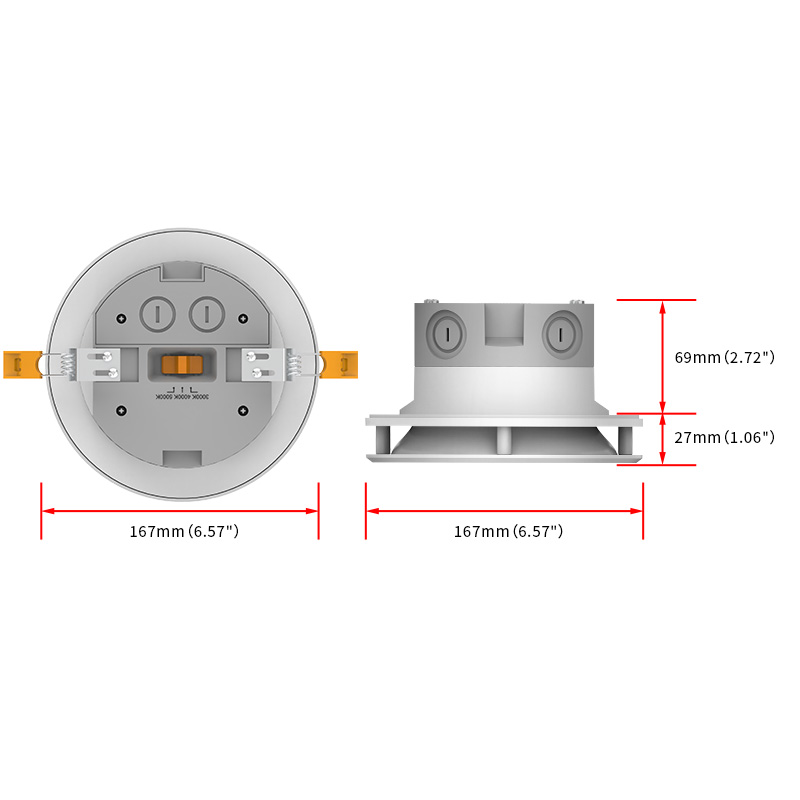Ultraviolet (UV) technology is widely used for a variety of applications, from disinfection to curing coatings and adhesives. Indirect UV technology is a newer development that offers several distinct advantages for certain applications.
In this article, we will provide a comprehensive guide to indirect UV technology, including how it works, its advantages, and its applications in various industries.
What is Indirect UV Technology? Indirect UV technology involves the use of a reflective surface to direct UV light onto a surface, rather than using direct exposure. The reflective surface, typically made of aluminum, reflects the UV light produced by the lamp back onto the object being treated.
This method of UV treatment is particularly useful for treating large surfaces or objects that are difficult to reach. It can also be used to treat delicate materials that cannot be exposed to direct UV light.
Advantages of Indirect UV Technology Indirect UV technology offers several distinct advantages over traditional UV treatment methods, including:Efficient use of UV light: Indirect UV technology reflects and redirects UV light, resulting in more uniform and efficient exposure.Flexibility: Indirect UV technology can be used for a variety of applications and can treat surfaces that may be difficult to reach with traditional UV lamps.Gentle on delicate materials: Indirect UV technology uses reflected light, making it less harsh on delicate materials, such as paper or textiles.Applications of Indirect UV Technology Indirect UV technology has a wide range of applications in various industries, including:Printing: Indirect UV technology can be used to cure ink and coatings on printed materials, ensuring optimal adhesion and color fastness.Woodworking: Indirect UV technology can be used to cure wood coatings, resulting in a more durable and resistant finish.3D Printing: Indirect UV technology can be used to cure resin in 3D printing, resulting in a faster and more efficient curing process.Automotive: Indirect UV technology can be used for curing coatings on automotive parts, resulting in a more cost-effective and efficient cure.In Conclusion Indirect UV technology is a valuable development in the world of UV technology, providing efficient, flexible, and gentle treatment for a wide range of applications. By understanding how indirect UV technology works and its advantages, individuals and businesses can make informed decisions about using this technology for their specific needs. With its ability to cure coatings, adhesives, and other materials quickly and efficiently, indirect UV technology is an increasingly popular choice in various industries.
